Home>Gardening & Outdoor>Plant Care & Gardening Tips>How To Sow Wildflower Seeds In Grass
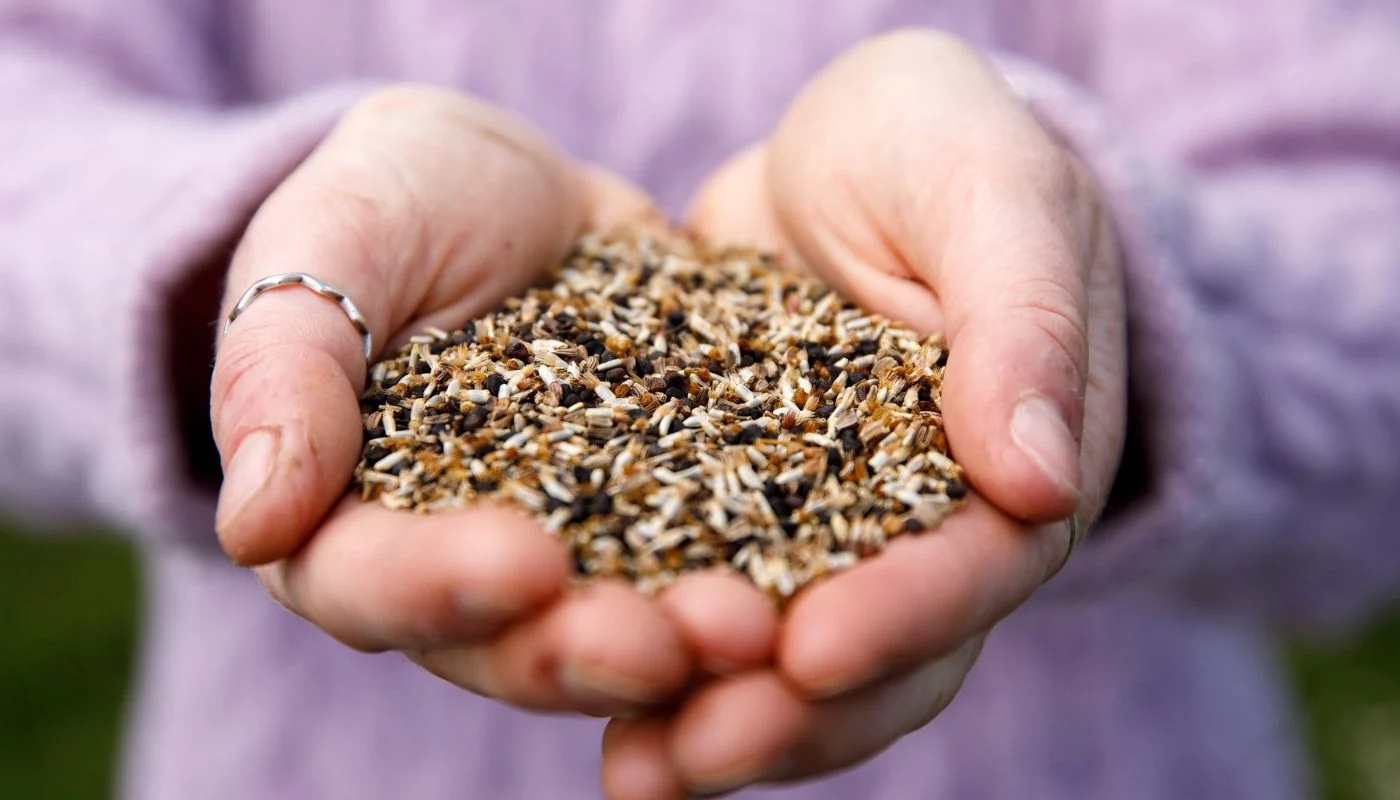

Plant Care & Gardening Tips
How To Sow Wildflower Seeds In Grass
Published: December 24, 2023
Learn how to sow wildflower seeds in grass with our expert plant care and gardening tips. Transform your lawn into a beautiful wildflower meadow today!
(Many of the links in this article redirect to a specific reviewed product. Your purchase of these products through affiliate links helps to generate commission for Storables.com, at no extra cost. Learn more)
Introduction
So, you've been dreaming of transforming your grassy lawn into a vibrant, colorful wildflower meadow? Well, you're in for a treat! Sowing wildflower seeds in grass can turn a mundane lawn into a breathtaking tapestry of blooms, attracting pollinators and adding a touch of natural beauty to your outdoor space.
The process of sowing wildflower seeds in grass may seem daunting at first, but with the right guidance, it can be a rewarding and enjoyable endeavor. In this comprehensive guide, we'll walk you through the essential steps to successfully sow wildflower seeds in your grassy area, allowing you to create a picturesque wildflower meadow right in your own backyard.
Whether you're a seasoned gardener or a novice enthusiast, this step-by-step guide will equip you with the knowledge and confidence to embark on this exciting journey. From selecting the perfect seeds to nurturing your wildflowers as they bloom, we've got you covered. So, roll up your sleeves, grab your gardening tools, and let's dive into the enchanting world of sowing wildflower seeds in grass!
Key Takeaways:
- Transform your lawn into a vibrant wildflower meadow by choosing the right seeds, preparing the area, and nurturing the seeds for a breathtaking display of nature’s beauty.
- Create a thriving wildflower meadow and support pollinators by sowing diverse seeds, providing attentive care, and embracing the ever-changing tapestry of nature’s artistry.
Read more: How To Sow Wildflower Seeds In Minnesota
Step 1: Choose the Right Seeds
Before embarking on your wildflower sowing adventure, it’s crucial to select the right seeds that will thrive in your specific growing conditions. Wildflowers come in a diverse array of species, each with its own unique requirements and characteristics. Here’s how to choose the perfect seeds for your wildflower meadow:
- Consider Your Climate: Take into account the climate of your region when selecting wildflower seeds. Certain species thrive in specific climates, so it’s essential to choose seeds that are well-suited to your local weather patterns. Whether you experience hot, arid summers or cool, damp winters, there are wildflower varieties tailored to flourish in your particular climate.
- Assess Sunlight and Soil: Evaluate the amount of sunlight and the quality of soil in your lawn. Some wildflowers thrive in full sun, while others prefer partial shade. Additionally, different species have varying soil preferences, so understanding your lawn’s soil composition is crucial. Whether your soil is sandy, loamy, or clay-based, there are wildflowers that will thrive in its unique conditions.
- Choose a Diverse Mix: Opt for a diverse mix of wildflower seeds to create a rich tapestry of colors and textures in your meadow. A varied mix not only enhances the visual appeal of your wildflower display but also provides a welcoming habitat for a wide range of pollinators, including bees, butterflies, and hummingbirds.
- Native Species: Consider incorporating native wildflowers into your seed selection. Native species are well-adapted to the local ecosystem and often require less maintenance, making them an eco-friendly and sustainable choice for your wildflower meadow.
By carefully considering these factors and selecting a thoughtfully curated mix of wildflower seeds, you can lay the foundation for a thriving and visually captivating wildflower meadow. The next step is to prepare the area for sowing the seeds, setting the stage for your wildflower oasis to take root and flourish.
Step 2: Prepare the Area
Now that you’ve chosen the perfect wildflower seeds for your meadow, it’s time to prepare the area where you’ll sow these seeds. Proper preparation of the soil and grassy terrain is essential to create an optimal environment for the wildflower seeds to germinate and thrive. Here’s how to get the area ready for sowing:
- Mow the Existing Grass: Begin by mowing the existing grass in the designated area to a short height. This helps reduce competition for sunlight and resources once the wildflower seeds are sown.
- Remove Debris: Clear the area of any debris, such as rocks, sticks, and large clumps of grass. Ensuring a clean and clear surface provides the seeds with direct contact with the soil, promoting successful germination.
- Loosen the Soil: Use a rake or garden fork to gently loosen the top layer of soil. This process, known as scarification, creates an ideal seedbed by allowing the wildflower seeds to make direct contact with the soil, enhancing germination rates.
- Consider Soil Amendments: Depending on the quality of your soil, you may consider incorporating organic matter or compost to enrich the soil and provide essential nutrients for the emerging wildflowers. Conduct a soil test to assess its pH and nutrient levels, and amend as necessary to create an optimal growing environment.
- Minimize Competition: If the area is prone to aggressive grasses or weeds, consider using a natural weed suppressant, such as a biodegradable mulch or organic weed barrier, to prevent competition from hindering the growth of the wildflower seeds.
By diligently preparing the area for sowing, you’re setting the stage for your wildflower seeds to take root and flourish. The next step is to sow the seeds, allowing nature’s colorful palette to unfold and transform your lawn into a breathtaking wildflower meadow.
Mow the grass short, loosen the topsoil, and scatter the wildflower seeds evenly. Water lightly and regularly to help the seeds germinate and establish.
Step 3: Sow the Seeds
With the area meticulously prepared, it’s time to sow the wildflower seeds and set the wheels in motion for your vibrant meadow to take shape. Sowing the seeds is a pivotal step that requires a delicate touch and a keen eye for detail. Follow these guidelines to ensure successful seed sowing:
- Even Distribution: To achieve a balanced and harmonious wildflower display, aim for an even distribution of seeds across the prepared area. This can be achieved by hand broadcasting the seeds or using a seed spreader, ensuring thorough coverage without overcrowding.
- Adjust Seed Depth: Different wildflower species have varying seed size and germination requirements. As a general rule, small seeds should be sown on the soil surface, while larger seeds may require gentle pressing into the soil to achieve proper seed-to-soil contact. Be sure to follow the specific sowing depth recommendations for the wildflower species you’ve selected.
- Consider Seed Mixtures: If you’ve chosen a diverse mix of wildflower seeds, consider sowing them in complementary mixtures or designated zones within the area. This can create visually appealing patterns and ensure that each species has the space to thrive and contribute to the overall tapestry of colors.
- Press or Roll the Seeds: After sowing the seeds, lightly press or roll the area with a lawn roller or gently walk over it to ensure good seed-to-soil contact. This promotes germination by securing the seeds in place and facilitating the absorption of moisture from the soil.
- Protect from Disturbance: Once the seeds are sown, take measures to protect the area from disturbance by pets, wildlife, or foot traffic. Consider using temporary fencing or markers to delineate the sown area and minimize disturbances during the critical germination period.
By following these steps, you’ll lay the groundwork for a flourishing wildflower meadow, where a diverse array of blooms will soon emerge, creating a stunning display of nature’s beauty right in your own backyard.
Step 4: Water and Care for the Seeds
With the wildflower seeds sown and the promise of a colorful meadow on the horizon, it’s essential to provide attentive care to support the germination and early growth stages of the emerging wildflowers. Proper watering and maintenance are key to nurturing the seeds as they begin their journey toward vibrant blooms. Here’s how to care for the seeds:
- Consistent Moisture: After sowing the seeds, maintain consistent moisture in the soil to support germination. Depending on the weather and soil conditions, this may involve light, frequent watering to keep the soil evenly moist. Be mindful of overwatering, as excessively wet conditions can impede germination and lead to fungal issues.
- Monitor Germination: Keep a close eye on the sown area for signs of germination. As the seeds begin to sprout and seedlings emerge, adjust your watering regimen to provide adequate moisture for the growing plants. Gradually transition to deeper, less frequent watering to encourage robust root development.
- Weed Management: As the wildflower seedlings establish themselves, monitor the area for any invasive weeds that may compete with the emerging plants. Hand-pull weeds carefully to avoid disturbing the wildflower seedlings, and consider mulching the area with organic materials to suppress weed growth and conserve soil moisture.
- Provide Nutrient Support: If necessary, supplement the soil with a balanced, slow-release fertilizer to provide essential nutrients for the developing wildflowers. Choose a fertilizer specifically formulated for flowering plants, and apply it according to the product’s instructions to support healthy growth and abundant blooms.
- Protect from Pests: Keep an eye out for potential pest issues that may affect the young wildflowers. Utilize natural pest control methods, such as introducing beneficial insects or using organic pest deterrents, to safeguard the delicate seedlings from harmful pests while maintaining an eco-friendly approach to garden care.
By tending to the needs of the emerging wildflowers with attentive watering, weed management, and nutrient support, you’ll foster a thriving meadow that bursts into a kaleidoscope of colors, providing a haven for pollinators and a visual delight for all who encounter it.
Read more: How To Sow Spinach Seeds
Step 5: Enjoy Your Wildflower Meadow
Congratulations! You’ve successfully sown the wildflower seeds, nurtured the emerging plants, and now it’s time to revel in the beauty of your flourishing wildflower meadow. As the vibrant blooms unfurl and the meadow comes to life, take a moment to savor the fruits of your labor and immerse yourself in the enchanting world of wildflowers. Here’s how to fully appreciate and care for your wildflower meadow:
- Observe the Blooms: Take time to observe the diverse array of wildflowers as they bloom and evolve throughout the season. Notice the unique colors, shapes, and fragrances of each species, and embrace the ever-changing tapestry of nature’s artistry in your meadow.
- Support Pollinators: Your wildflower meadow serves as a vital habitat for pollinators, including bees, butterflies, and hummingbirds. Encourage these essential creatures by providing sources of water, maintaining a pesticide-free environment, and cultivating a diverse selection of wildflowers that offer nectar and pollen throughout the seasons.
- Share the Beauty: Invite friends, family, and neighbors to experience the splendor of your wildflower meadow. Whether through a leisurely stroll, a picnic amidst the blooms, or a gathering to admire the natural spectacle, sharing the beauty of your meadow can foster a deeper appreciation for the wonders of the natural world.
- Document and Preserve: Capture the ephemeral beauty of your wildflower meadow through photography, sketching, or journaling. Create a visual or written record of the seasonal changes, the visiting pollinators, and the captivating moments that unfold within your meadow. Consider pressing and preserving select blooms to cherish their delicate allure beyond the growing season.
- Maintain and Renew: As your wildflower meadow matures, continue to provide thoughtful care and maintenance to ensure its long-term vitality. Periodically assess the meadow for any necessary weed management, watering needs, or soil enrichment, and consider sowing additional wildflower seeds to augment the diversity and resilience of the meadow over time.
By embracing the beauty of your wildflower meadow and actively participating in its care and appreciation, you’ll foster a harmonious and enduring connection with the natural world, while creating a captivating sanctuary for both wildlife and human admirers alike.
Frequently Asked Questions about How To Sow Wildflower Seeds In Grass
Was this page helpful?
At Storables.com, we guarantee accurate and reliable information. Our content, validated by Expert Board Contributors, is crafted following stringent Editorial Policies. We're committed to providing you with well-researched, expert-backed insights for all your informational needs.
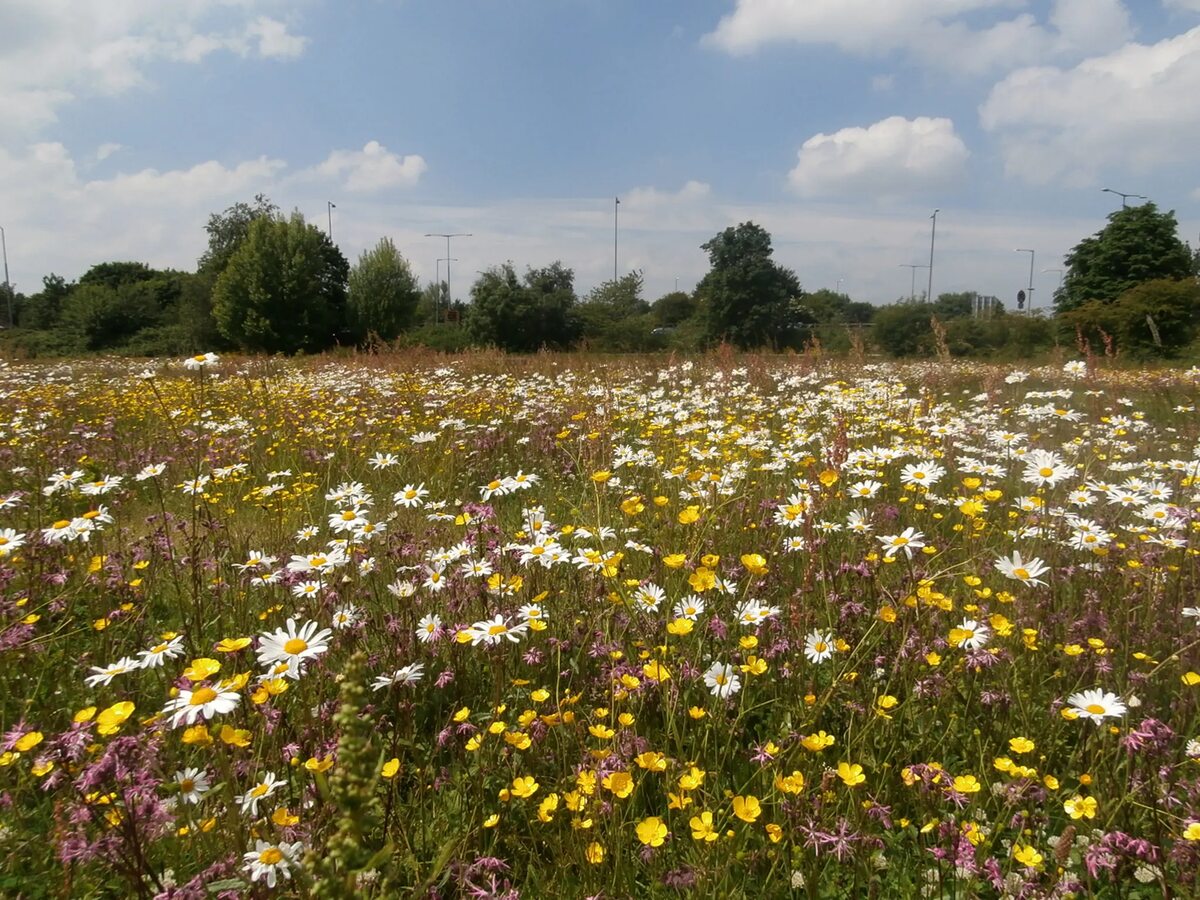
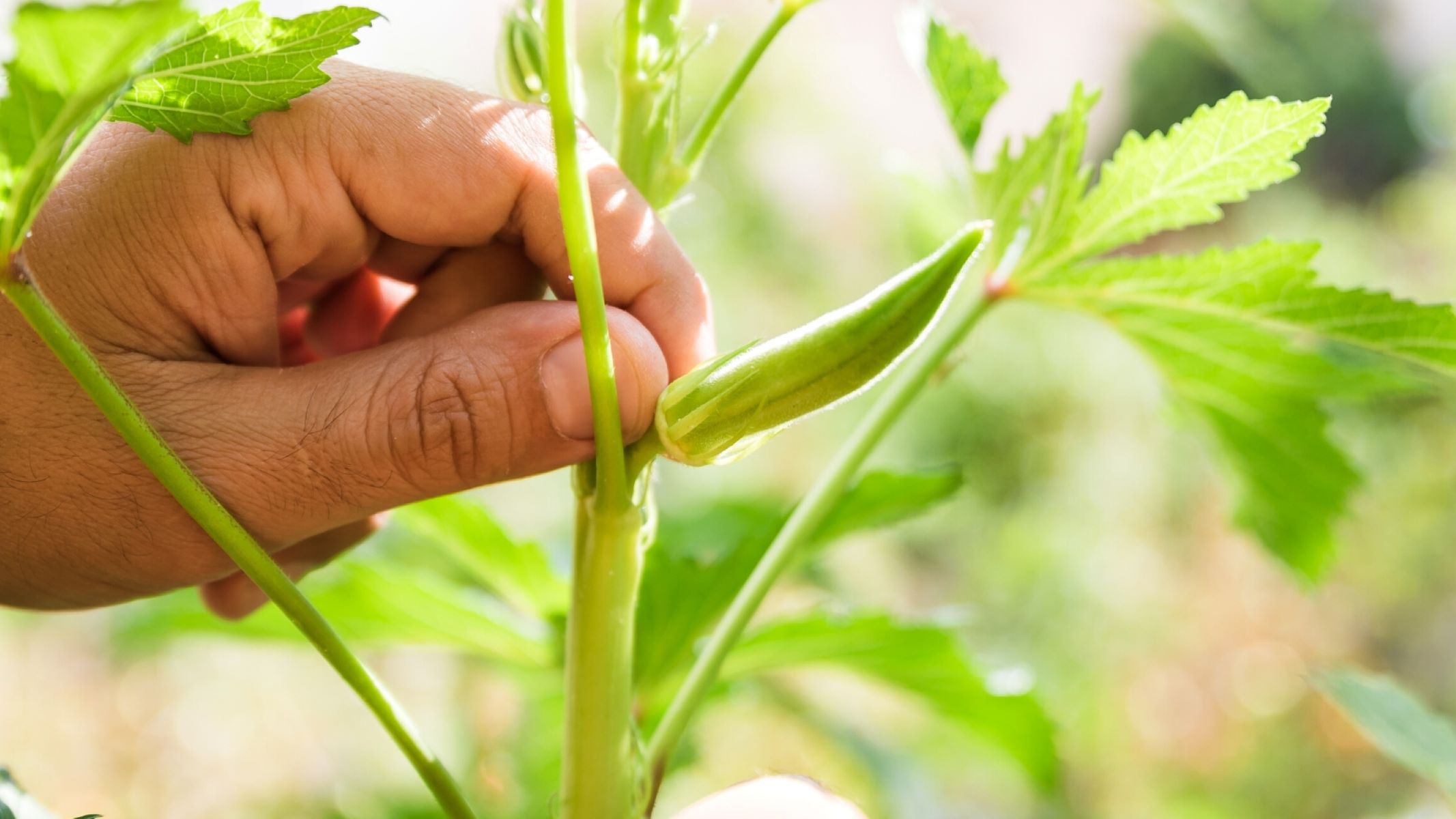
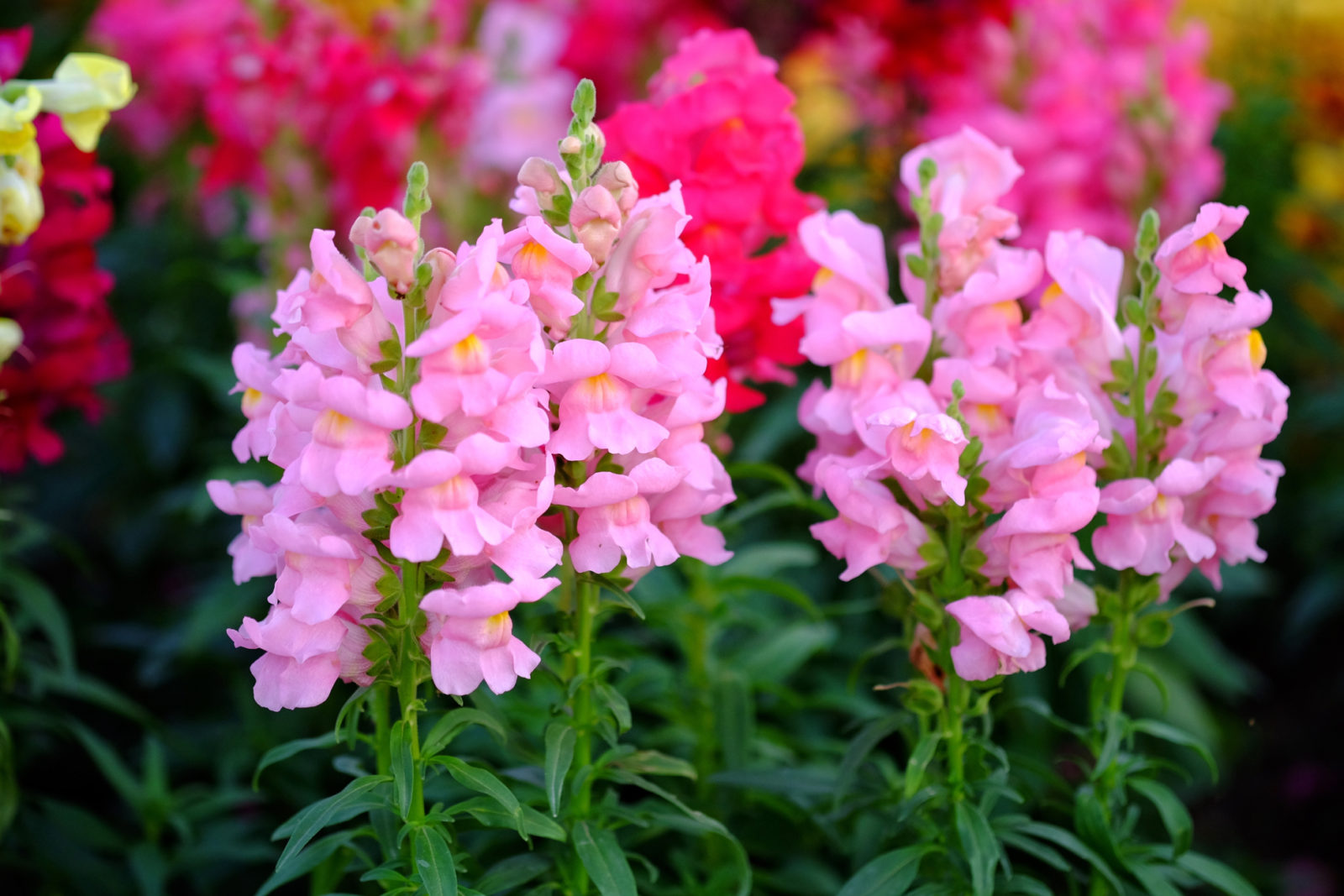
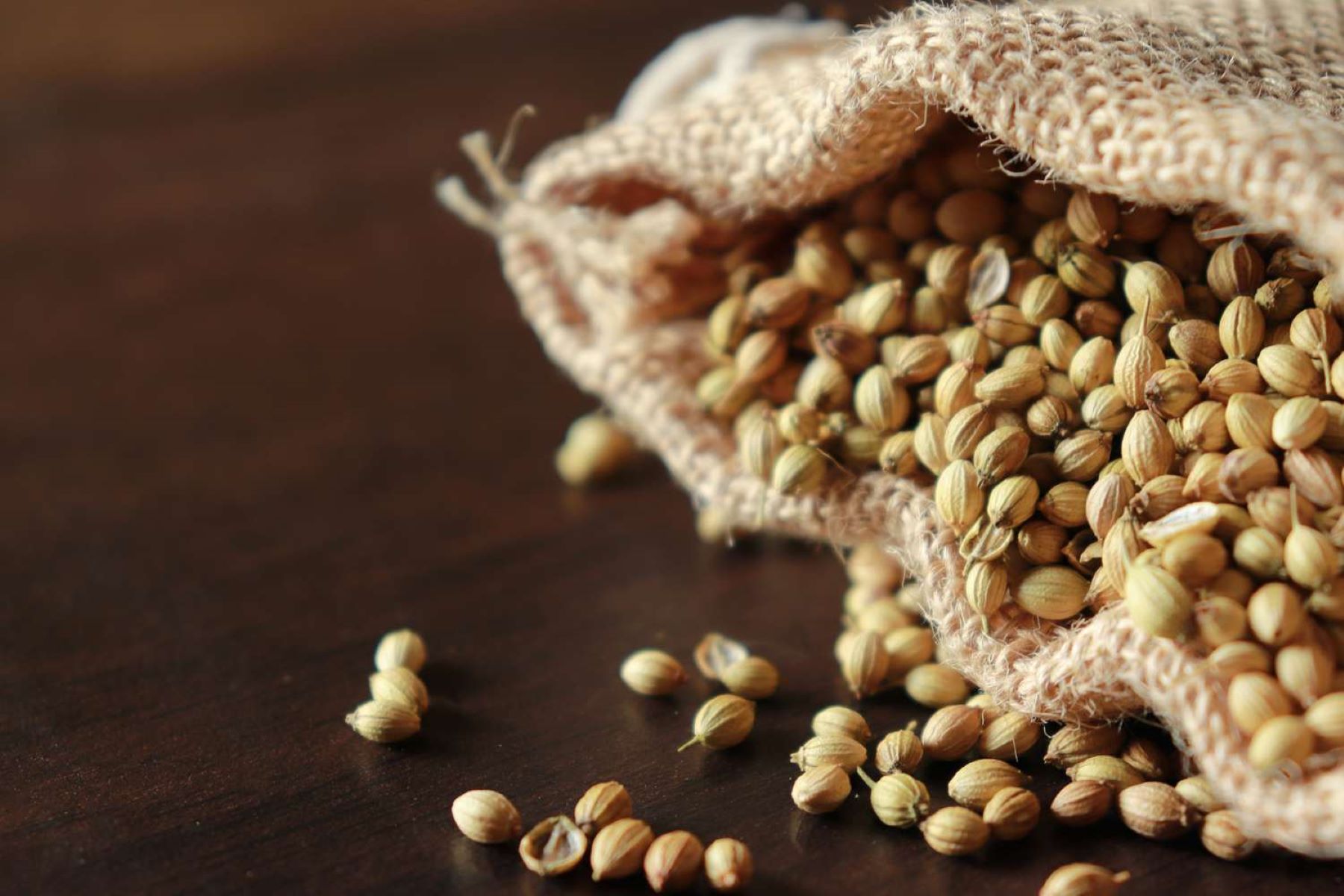
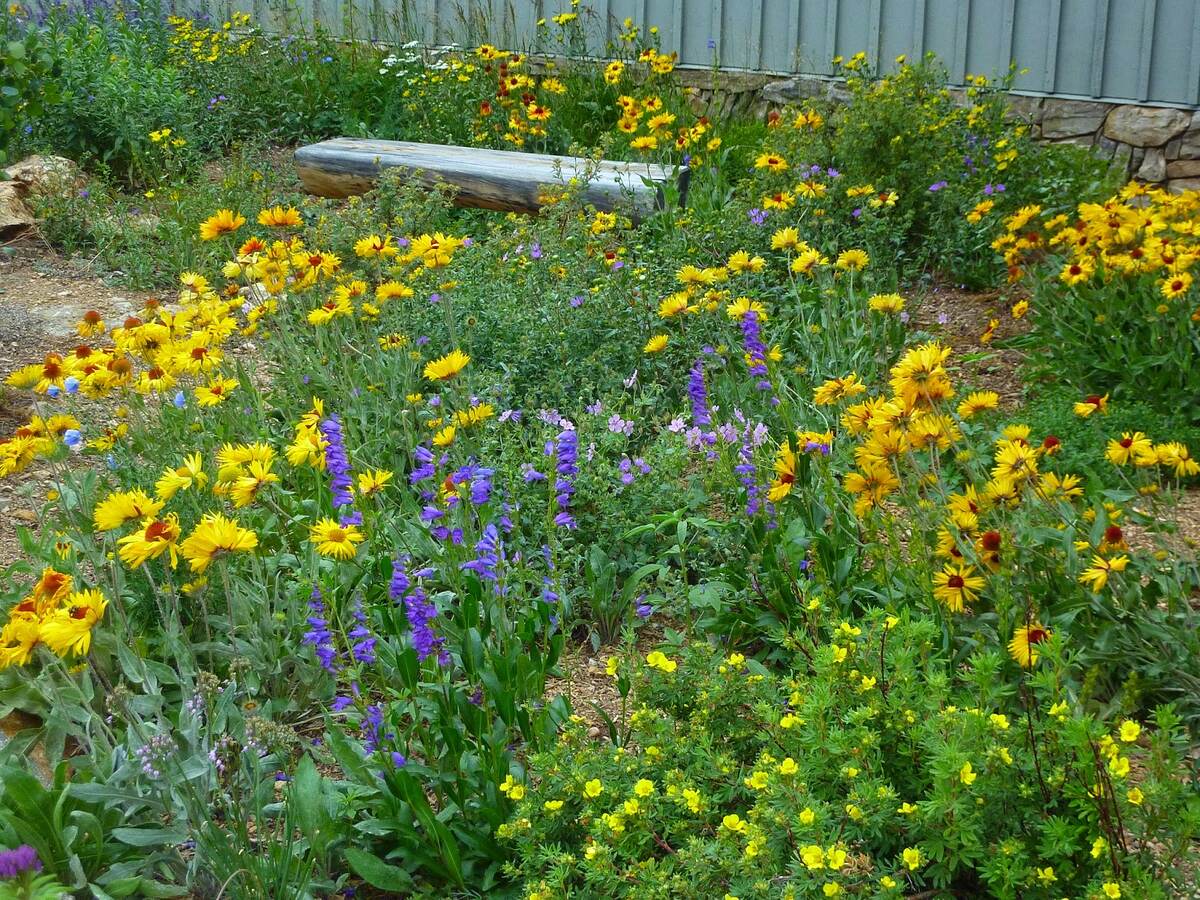

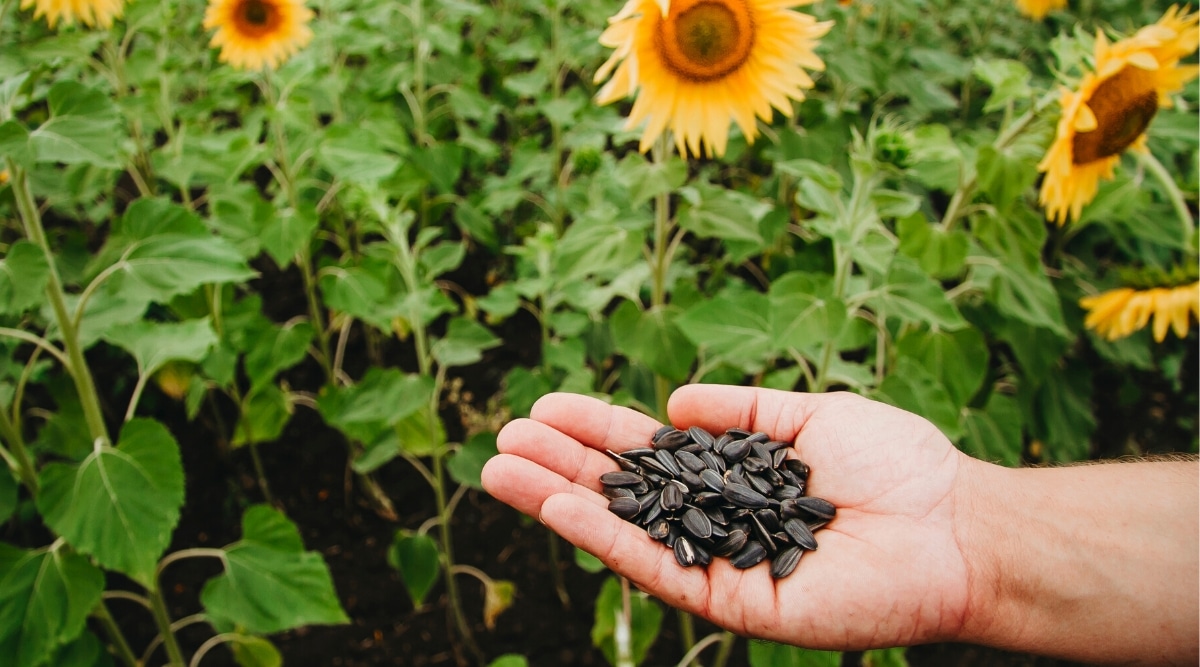
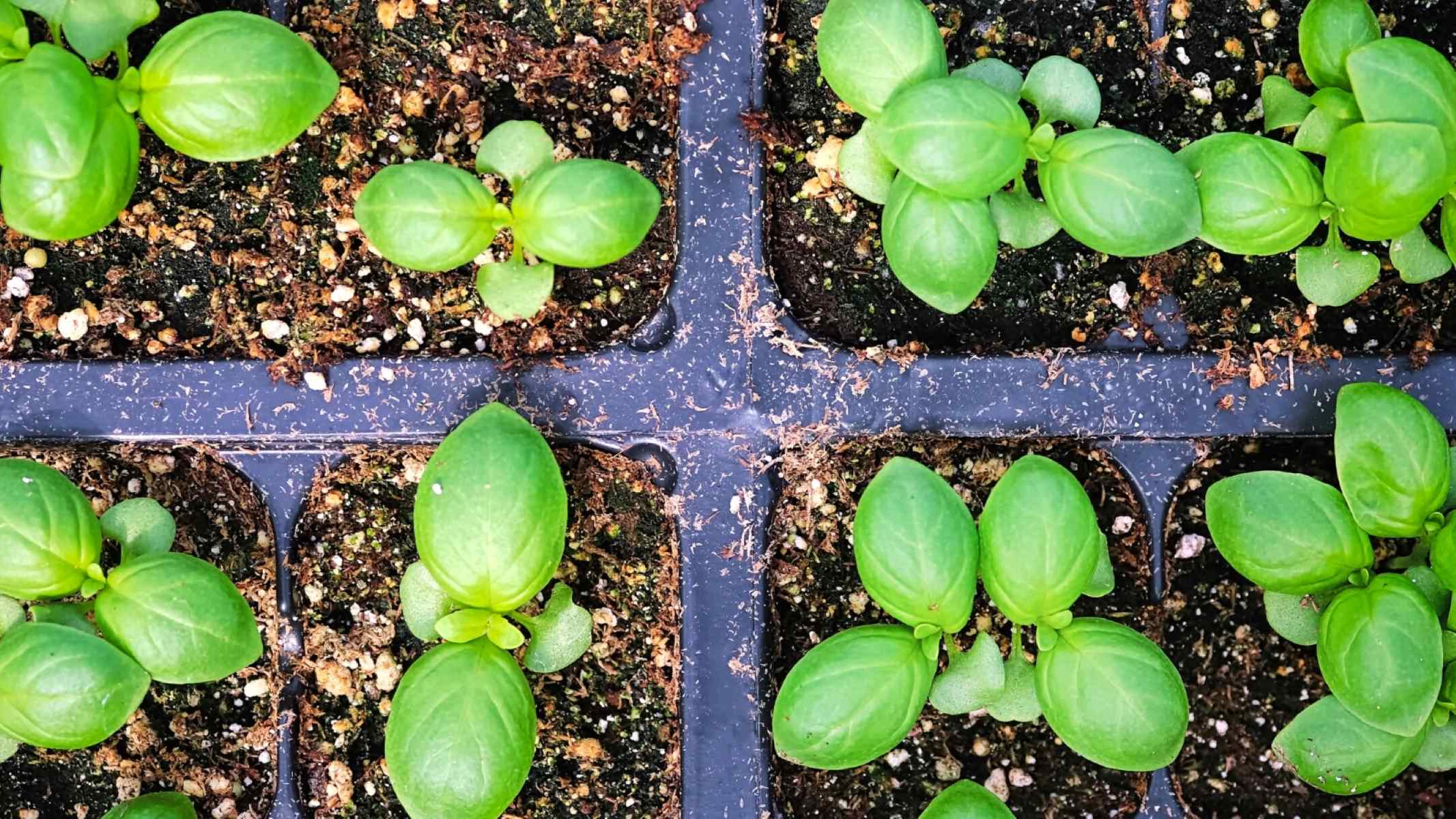
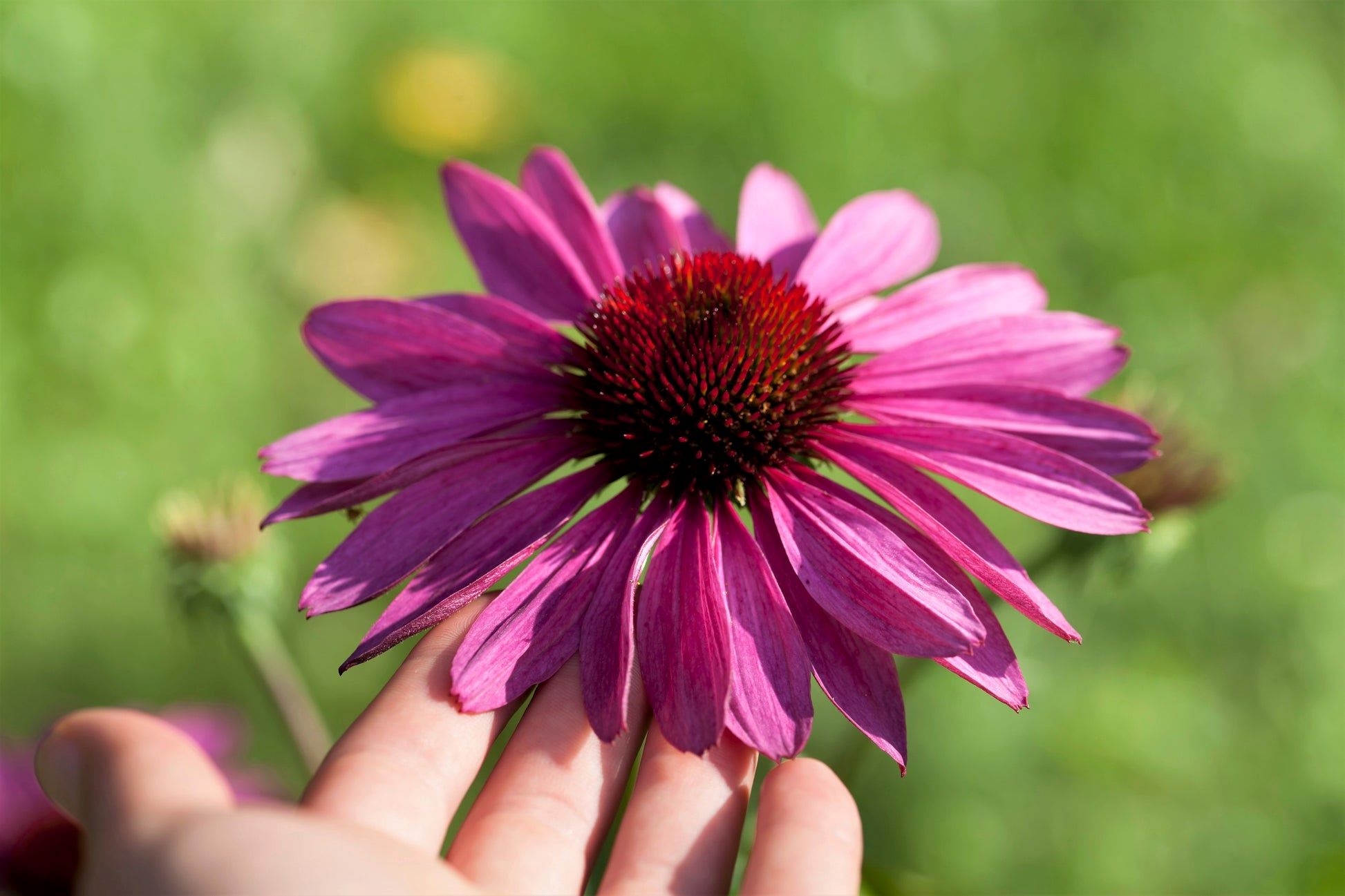
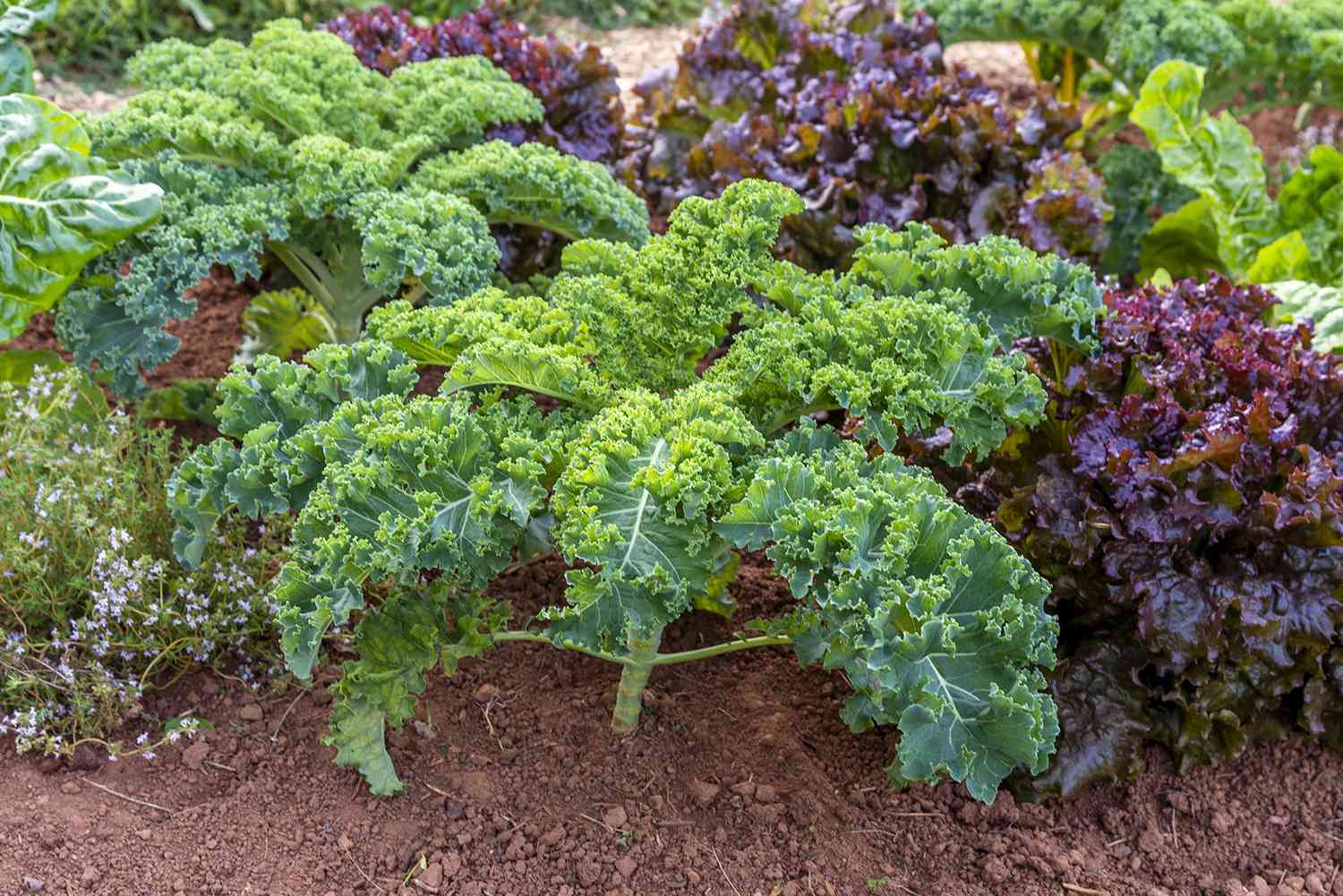
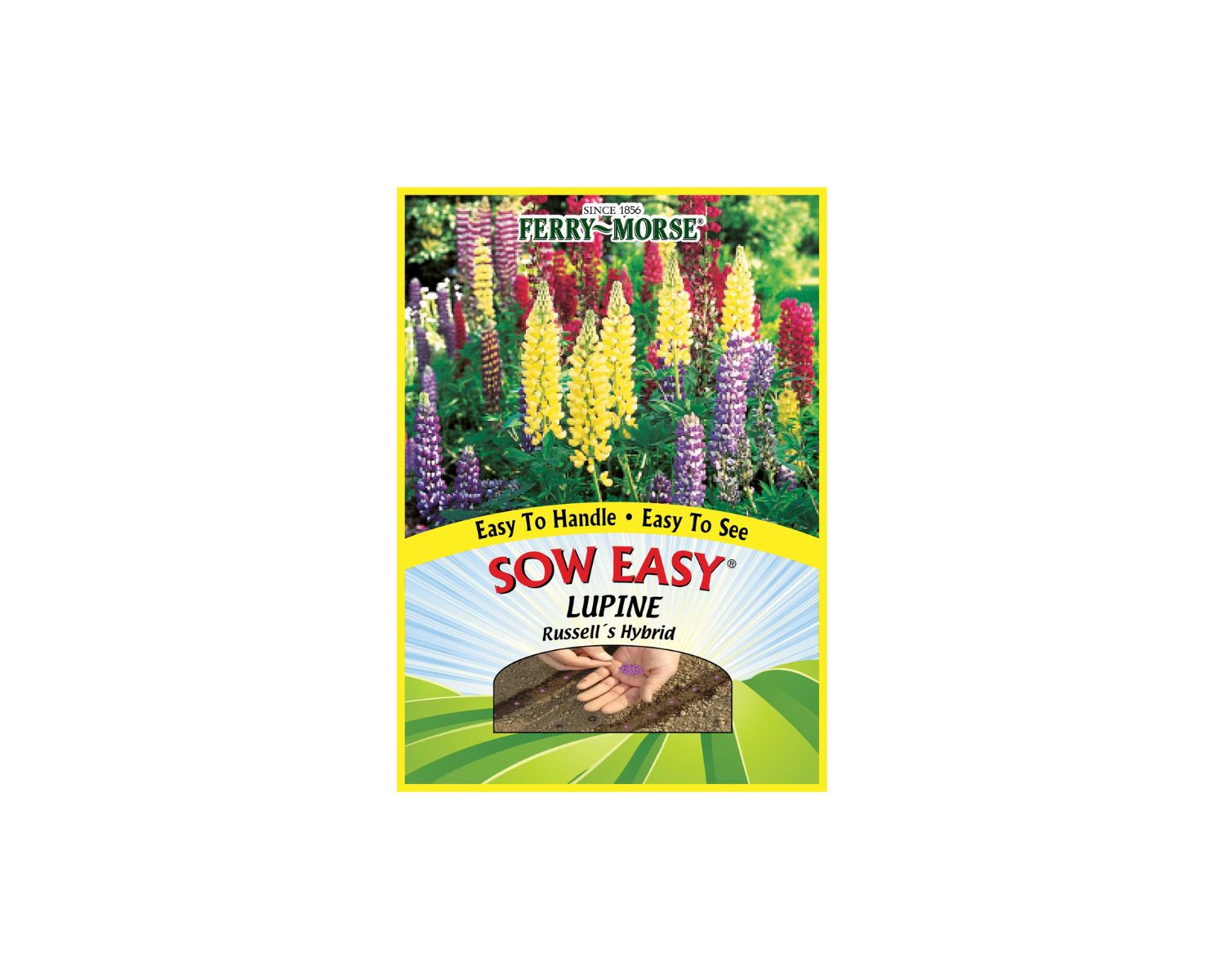
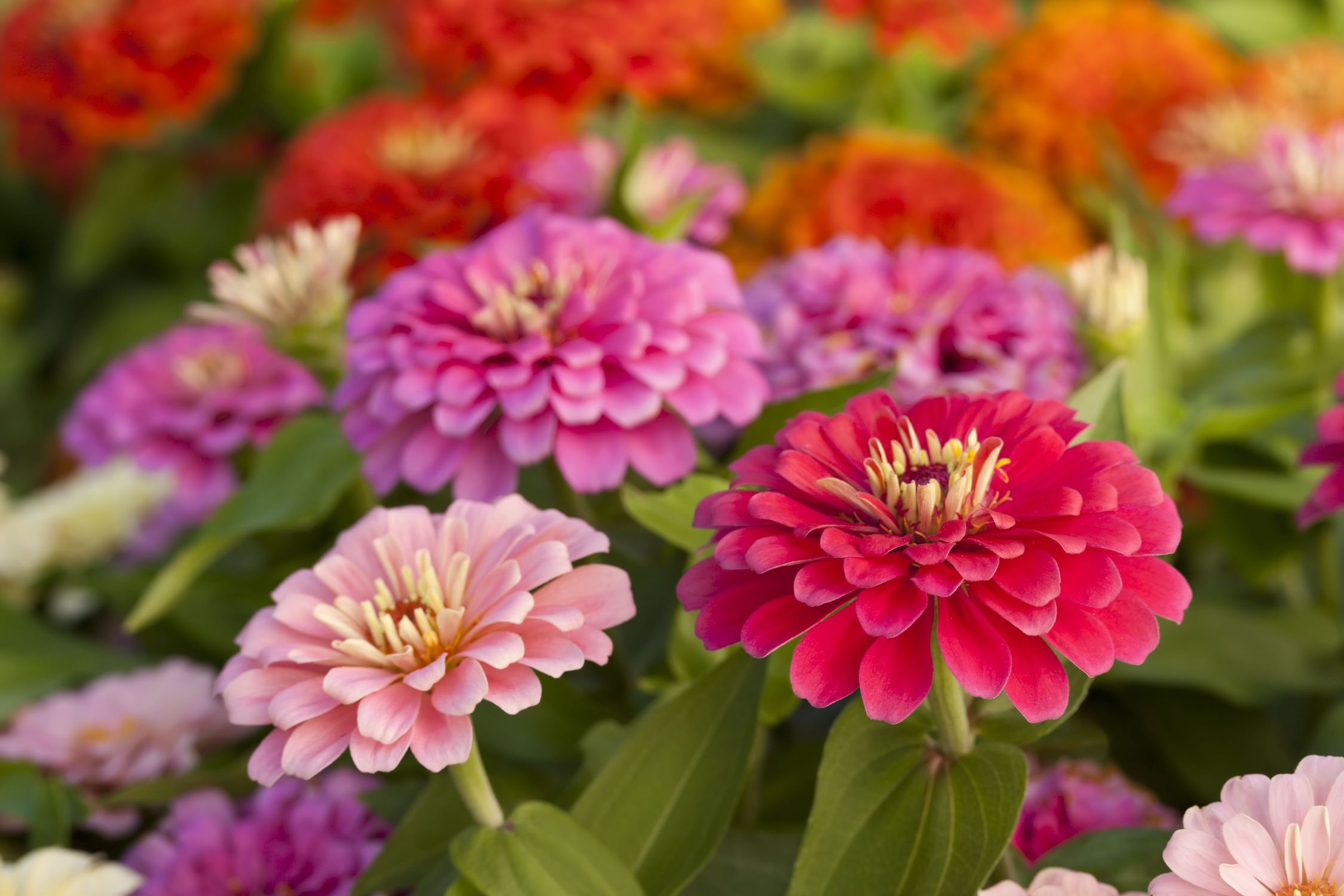

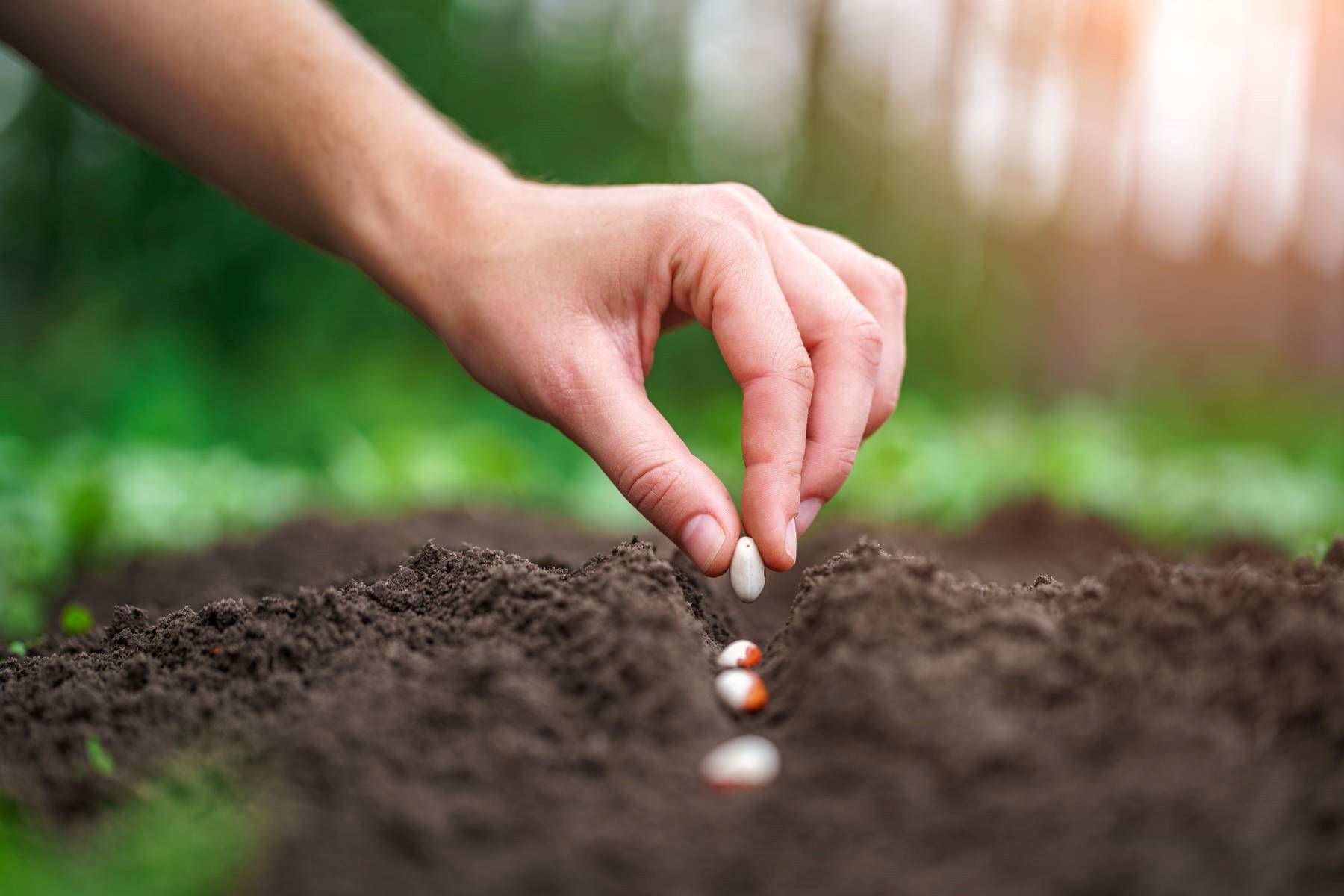

0 thoughts on “How To Sow Wildflower Seeds In Grass”